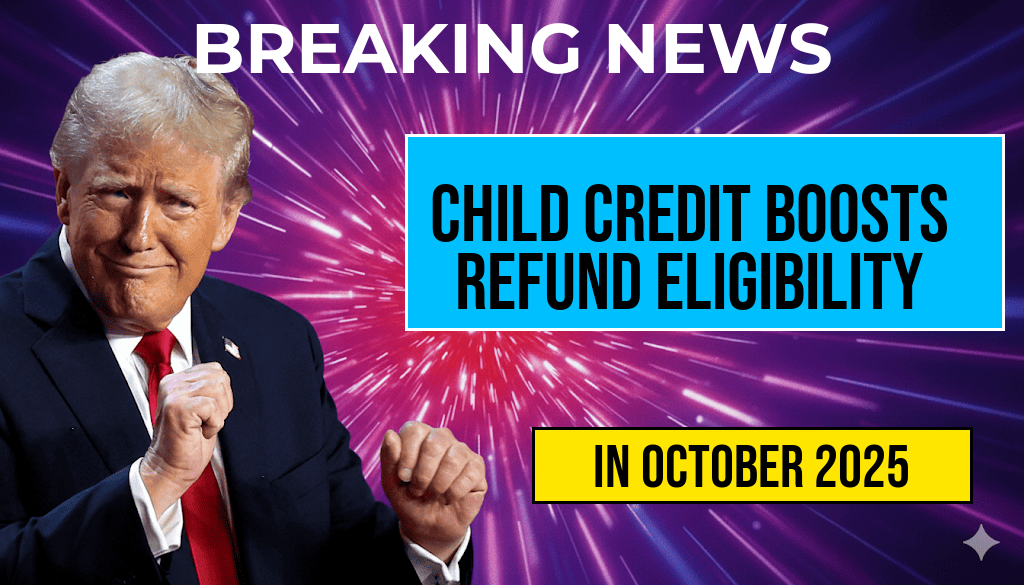As Americans continue to navigate economic uncertainties, many households are discovering opportunities for significant tax relief tailored to their state’s policies and income levels. Recent federal and state initiatives aim to provide financial relief, with some residents potentially qualifying for over $3,000 in tax benefits. These programs, varying widely across jurisdictions, include direct rebates, credits, deductions, and other incentives designed to ease the tax burden for eligible residents. Understanding whether your state qualifies for such relief requires examining specific programs, income thresholds, and eligibility criteria, which differ from state to state. This article breaks down the key elements of these relief efforts, highlights the states offering the most substantial benefits, and offers guidance on how residents can determine their eligibility and maximize their potential refunds.
States Offering the Largest Tax Relief Packages
Overview of Major Relief Initiatives
Several states have launched targeted tax relief programs in the past year, aiming to support residents amid inflation, rising living costs, and economic recovery efforts. Notably, states like California, New York, and Illinois have rolled out sizable rebate checks and tax credits that can exceed $3,000 for qualifying individuals and families. These initiatives typically target middle-income households, seniors, and low-income residents. The relief packages are designed to offset increased expenses and provide liquidity, with some states offering ongoing benefits through tax credits that extend over multiple years.
Key Programs and Eligibility
| State | Program Name | Type of Relief | Approximate Maximum Benefit | Income Threshold |
|---|---|---|---|---|
| California | California Middle-Class Tax Refund | Rebate check | $1,000 – $1,050 | Adjusted gross income under $250,000 |
| New York | Empire State Child Credit & Property Tax Relief | Tax credits and rebates | Up to $3,200 | Varying based on income and family size |
| Illinois | Illinois Family Relief Plan | Tax credits and rebates | $1,000 – $3,000 | Adjusted gross income under $200,000 |
| Massachusetts | Massachusetts Earned Income Tax Credit | Tax credit | Up to 30% of federal credit | Income limits apply |
How Eligibility Is Determined
Income and Filing Status
Most relief programs base eligibility on income thresholds and filing status. For example, California’s Middle-Class Tax Refund primarily targets households with an adjusted gross income below $250,000, while Illinois’s relief efforts focus on incomes under $200,000. Taxpayers need to verify their eligibility through recent tax filings, as these programs often consider the latest tax year’s income data.
Residency and Other Criteria
Residency requirements vary but generally include being a legal resident of the state during the tax year in question. Some programs also specify age restrictions, household composition, or specific income sources (such as employment or Social Security). It’s crucial to review each program’s details, as certain benefits might be reduced or unavailable to non-residents or those with income from certain sources.
Maximizing Your Tax Relief Benefits
- Review recent tax returns: Confirm your income and filing status align with the program’s eligibility criteria.
- Consult official state websites: Verify current programs and deadlines, as relief initiatives may evolve or have limited application windows.
- Consider professional assistance: Tax professionals can help identify all eligible credits and deductions, ensuring you receive the maximum benefit.
- Stay informed about new legislation: States may introduce additional relief measures or extend existing programs based on economic conditions.
Resources for Further Information
- Tax in the United States – Wikipedia
- Understanding State Tax Relief Programs – Forbes
- IRS Child Tax Credit Information
Residents should regularly check their state’s official revenue department or tax agency websites for the latest updates on available relief programs, application procedures, and deadlines. With targeted efforts and proper planning, many individuals and families could see substantial reductions in their tax liabilities, potentially surpassing the $3,000 mark in relief benefits.
Frequently Asked Questions
Which states are eligible for the over $3,000 tax relief?
Eligibility for the over $3,000 tax relief varies by state, with some states offering substantial benefits based on income levels, filing status, and other criteria. Check your state’s specific program to determine eligibility.
How can I determine if I qualify for tax relief in my state?
You can determine your qualification by reviewing your state’s tax relief program guidelines, income thresholds, and filing requirements. Most states provide online calculators or resources to help you assess eligibility.
What documents are needed to apply for tax relief?
Typically, applicants will need to provide proof of income, recent tax returns, and identification. Specific documentation requirements vary by state, so consult your state’s application instructions for detailed information.
When is the deadline to apply for tax relief benefits?
The application deadlines differ by state and program. It is important to check your state’s official tax relief website or contact relevant authorities to ensure you submit your application on time.
Can I apply for tax relief if I have already filed my taxes?
Yes, many states allow you to apply for tax relief after filing your taxes, especially if you qualify based on income or other criteria. Some programs may require a separate application process, so review your state’s specific procedures.








